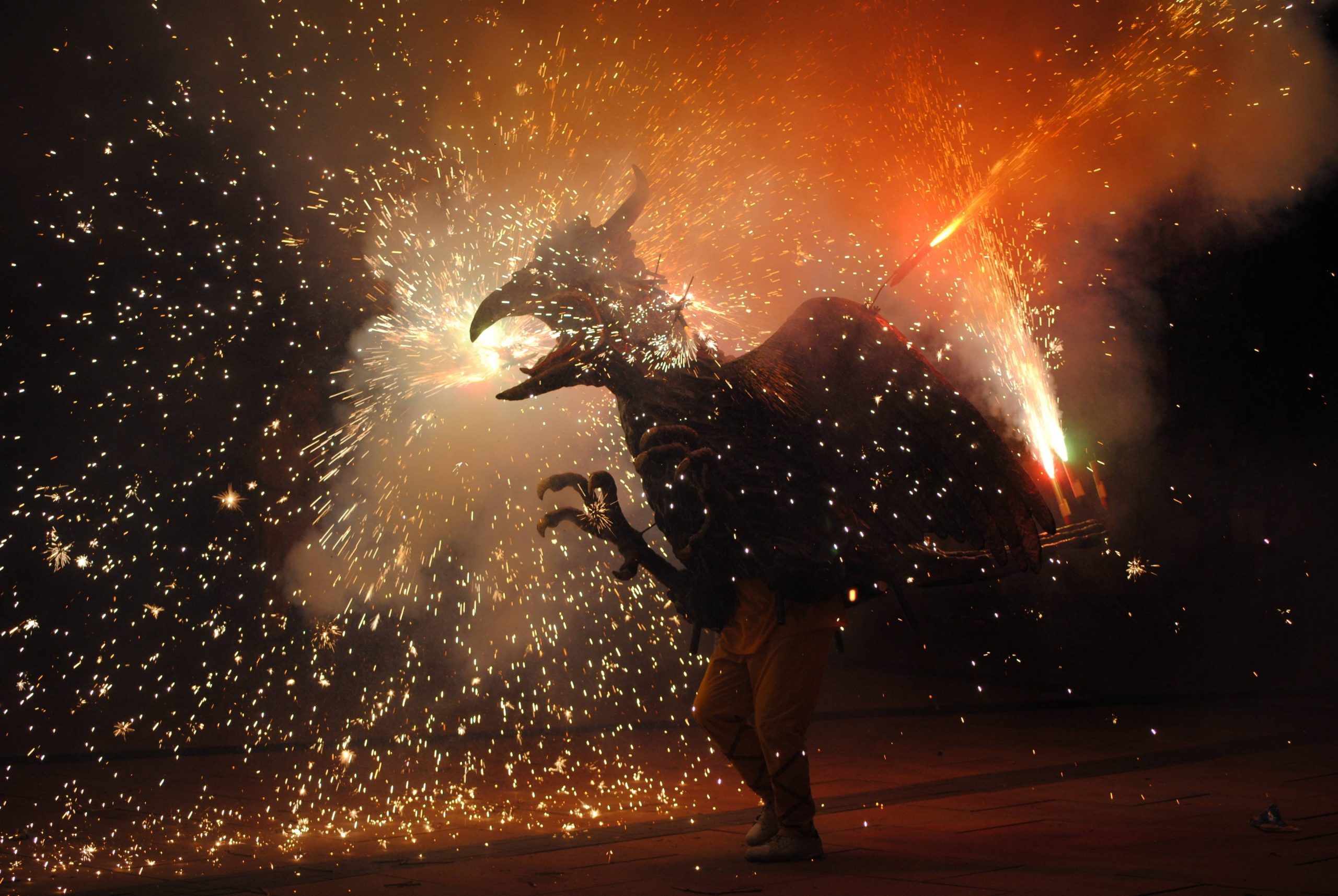Llinars del Vallès is a town with a wealth of traditions, customs and celebrations. Throughout its history, it has seen all kinds: some which no longer exist, such as the mushroom market, the processions and the songs known as caramelles; others that have been recovered, such as gypsy dancing; and others which continue to this day, such as the town fair.
The arrival of the railway to Llinars in 1860 radically changed the town’s dynamics, as it gave people greater freedom to travel. It also increased the export of local products such as potatoes, milk and wild mushrooms. Twenty years later, wealthy families, most of whom hailed from Barcelona, began to take notice of the town as a place to spend the summer.
One of the town’s most deeply rooted traditions is gypsy dancing. The first reference to this activity dates to 1818, and the dances remained a fixture in the town until 1957. It was recovered years later, in 1992, and since then, the annual dance has taken place every Sunday during Carnival. While the event was originally held in Plaça de la Vila, due to the increase in the number of partners, it was relocated first to Plaça Caritg and later to Plaça dels Països Catalans.
In the early 20th century, a street market was set up every Sunday ―even in the afternoon for a while―, as were two annual livestock fairs; however, Llinars was famous by and large for its mushroom market. The forests around the town were home to immense quantities of wild mushrooms, which were sold in the market in the square near the Town Hall. During the most prolific mushroom seasons, as many as two tonnes could be weighed in one single day.
The town’s elderly residents still remember the pilgrimages to the hermitages, the church fairs, the choir concerts, the dances held under a marquee fitted with boxes and Sunday film sessions at Can Gay where, during the intermission, people would flock to Ca l’Esteva to buy pastries known as borregos. Equally as special were the festivities linked to the pig slaughter and the days spent working in the vineyards.
The town fair has always been and remains one of the town’s most popular events. 8 September is the feast day of Llinars’ patron saint, Our Lady of the Meadow. On this day, everyone is welcome to partake in the activities held in celebration. One of the most unique features of the fair is the good-natured competition between the blues and reds, which make the activities even more exciting.
Many of the festivities that take place in Llinars feature the town’s emblematic giants. The first were Miquel and Pepeta (1974), which in 2014, passed the torch to the current giants, Rimbau and Sibil·la, names related to the Barons of Corbera. There is also Borni (1998), the famous fire beast, which represents a crow, the symbol of the barony. Llinars boasts a large number of festive figures, which are often on hand to enliven the festivities.
The town also plays host to other events, such as the Fira dels Torrons or Nougat Fair, which began in 1997.
